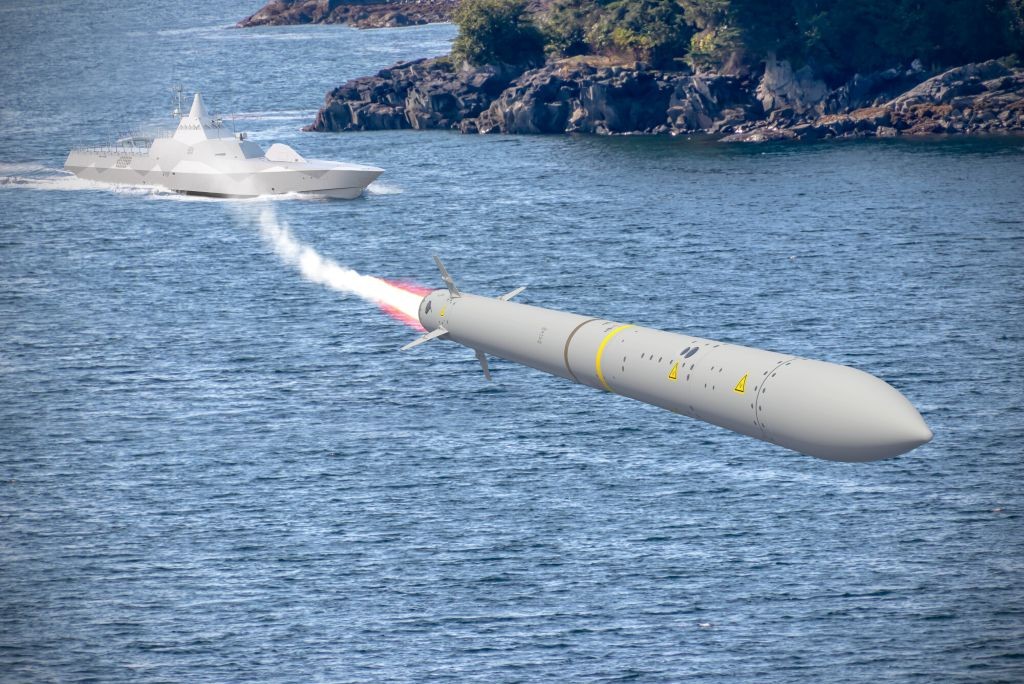Enhancements to Ukraine’s Patriot Air Defense System
Collaboration with Major Defense Contractors
The United States Army is currently undertaking upgrades to various subsystems within the Patriot missile defense framework, particularly its command-and-control units. Major General Borys Kremenetskyi, Ukraine’s Defense Attaché, reported on November 7 that Raytheon, a subsidiary of RTX, and Lockheed Martin are collaborating with Ukraine to enhance the capabilities of its Patriot air-defense system. This joint effort aims to improve the system’s ability to counter advanced Russian missiles.
Challenges in Interception Capabilities
Ukrainian Armed Forces (UAF) have experienced a decline in successful intercepts of Russian missiles using the Patriot systems, attributed to advancements in Russian missile technology. Major General Kremenetskyi confirmed this trend, noting the increased difficulty in consistently utilizing the Patriot system against Russian ballistic missiles, primarily due to recent tactical enhancements by Russian forces.
A special inspector general’s report covering the timeframe from April to June 2025 corroborates these challenges, indicating that Russian improvements in missile trajectory and maneuverability have severely impacted interception rates. The findings from the Defense Intelligence Agency (DIA) were included in a quarterly report submitted to Congress by the Department of Defense (DoD) Office of the Inspector General (OIG) in August.
Recent Operational Outcomes
Operational analysis reveals that, during a July missile barrage, Russia launched 13 missiles, with only six intercepted by UAF forces. Similarly, a June operation involving Iskander-M/KN-23 and Kh-47M2 Kinzhal air-launched ballistic missiles resulted in negligible interceptions, according to the Institute for the Study of War.
Strategic Responses to Evolving Threats
In light of the challenges posed by enhanced Russian tactics, Major General Kremenetskyi emphasized the need for flexible strategies during the Military Reporters and Editors Conference on November 7. He stated, “All options are available.” Ongoing discussions with defense contractors, coupled with internal assessments, are crucial in refining interception methodologies and broadening operational capabilities.
Conclusion
The evolving landscape of missile warfare necessitates continual adaptation and improvement of defense systems. As Ukraine collaborates with American defense contractors, the focus remains on addressing the growing sophistication of Russian missile technology to ensure effective air defense. By leveraging advanced technologies and strategic partnerships, Ukraine aims to restore the efficacy of its interception frameworks and safeguard its airspace.





